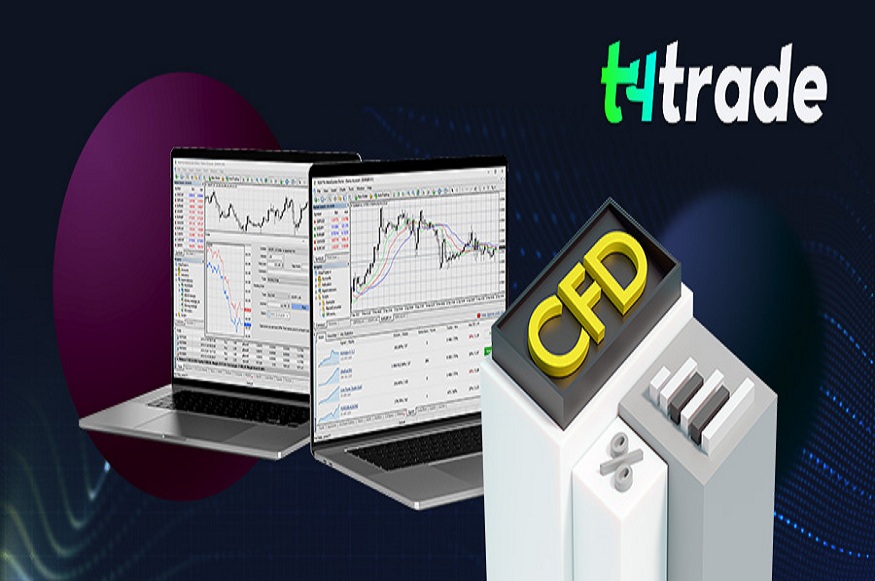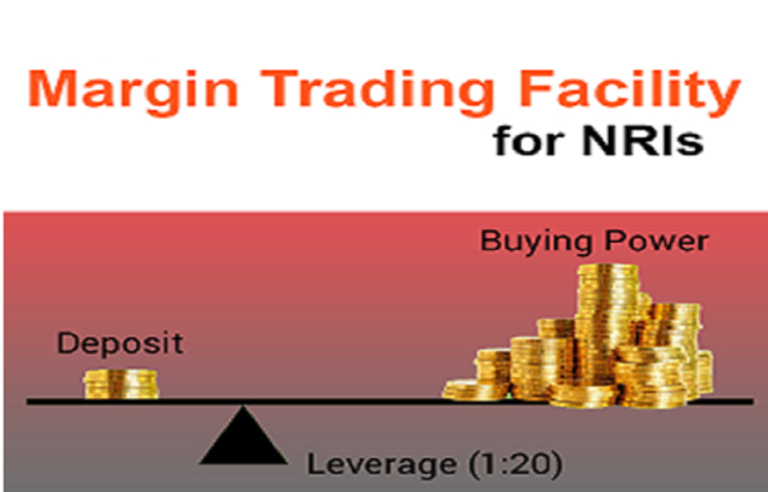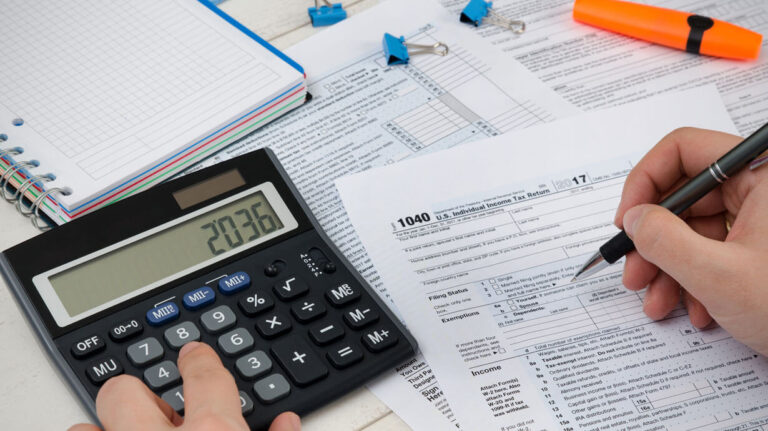Contracts for Difference, or CFDs, have become a popular trading instrument for investors seeking flexibility and access to a wide range of markets. Unlike traditional stock trading, CFDs allow traders to speculate on price movements without owning the underlying asset.
This makes them particularly appealing for short-term trading strategies. However, the potential for high rewards comes with significant risk, which is why a well-grounded understanding of technical analysis is crucial.
Technical analysis provides traders with the tools to interpret price charts, recognise patterns, and make informed decisions based on market behaviour. By analysing historical price movements, traders can anticipate potential future trends, optimise entry and exit points, and manage risk effectively.
This article aims to guide traders on how to leverage technical analysis to improve their CFD trading outcomes.
Understanding CFDs
A Contract for Difference is a financial derivative that allows traders to profit from the rising or falling prices of various assets, including stocks, indices, commodities, and currencies.
One of the primary advantages of CFDs is the ability to trade on margin, meaning traders can control larger positions with a relatively small capital outlay. This leverage can amplify profits, but it also increases potential losses.
CFD trading is highly flexible, allowing positions to be taken in both rising and falling markets. However, traders must be aware of risks such as rapid price fluctuations and the possibility of margin calls. Understanding these dynamics is essential before applying any technical analysis techniques. Check out www.ads-securities.com for more information.
Fundamentals of Technical Analysis
Technical analysis focuses on studying past price movements to predict future market behaviour. Unlike fundamental analysis, which evaluates the intrinsic value of an asset based on financial metrics, technical analysis relies on price charts and statistical indicators. It assumes that all relevant information is already reflected in the asset’s price and that historical patterns tend to repeat due to market psychology.
Core principles of technical analysis include identifying trends, support and resistance levels, and understanding market sentiment. By observing these elements, traders can make decisions that align with prevailing market behaviour rather than relying on guesswork.
Chart Types and Their Uses
Traders use different types of charts to visualise price action. Line charts provide a simple overview of an asset’s price over time, connecting closing prices with a continuous line. They are useful for spotting general trends but lack detail about daily price fluctuations.
Bar charts add more depth by showing the opening, closing, high, and low prices for a specific period. This allows traders to observe volatility and market sentiment more closely. Candlestick charts, however, are the most popular among CFD traders because they combine visual appeal with detailed information about price movements.
Candlestick patterns can signal potential reversals, continuations, or market indecision, making them an essential tool for technical analysis. Choosing the right chart type depends on a trader’s strategy and the level of detail required.
Trend Analysis in CFDs
Identifying trends is a cornerstone of technical analysis. Bullish trends indicate rising prices, bearish trends show declining prices, and sideways trends suggest consolidation or market indecision. Traders often draw trendlines or channels to visualise these movements and to determine potential support and resistance levels.
By analysing trends, traders can make more informed decisions about when to enter or exit a trade. Trading with the trend generally reduces risk, while trading against it increases the likelihood of losses. Recognising the strength and direction of trends allows traders to align their strategies with the prevailing market sentiment.
Risk Management Using Technical Analysis
Technical analysis is not just about identifying opportunities; it is also a vital tool for managing risk. By using support and resistance levels, traders can set stop-loss and take-profit orders to limit potential losses and secure gains. Position sizing and careful use of leverage are equally important, as CFDs can magnify both profits and losses.
Emotional decision-making can undermine technical strategies, so adhering to pre-determined risk management rules is crucial. Traders who consistently manage risk tend to maintain more stable performance, even during volatile market periods.
Common Mistakes to Avoid
Even experienced traders make mistakes when applying technical analysis. Over-reliance on a single indicator can lead to poor decision-making, while ignoring broader market news can result in unexpected losses. Misinterpreting chart patterns or entering trades without clear risk management rules are other common pitfalls.
Avoiding these mistakes requires continuous learning, practice, and disciplined execution. Traders should focus on developing a holistic approach that combines technical analysis, risk management, and market awareness.
Conclusion
Technical analysis provides a structured approach to trading CFDs by interpreting historical price movements and identifying potential market opportunities. By mastering chart types, indicators, trend analysis, and risk management techniques, traders can make informed decisions and improve their chances of success.
Practising on demo accounts, backtesting strategies, and keeping a trading journal are essential steps for gaining confidence and refining skills.




















+ There are no comments
Add yours